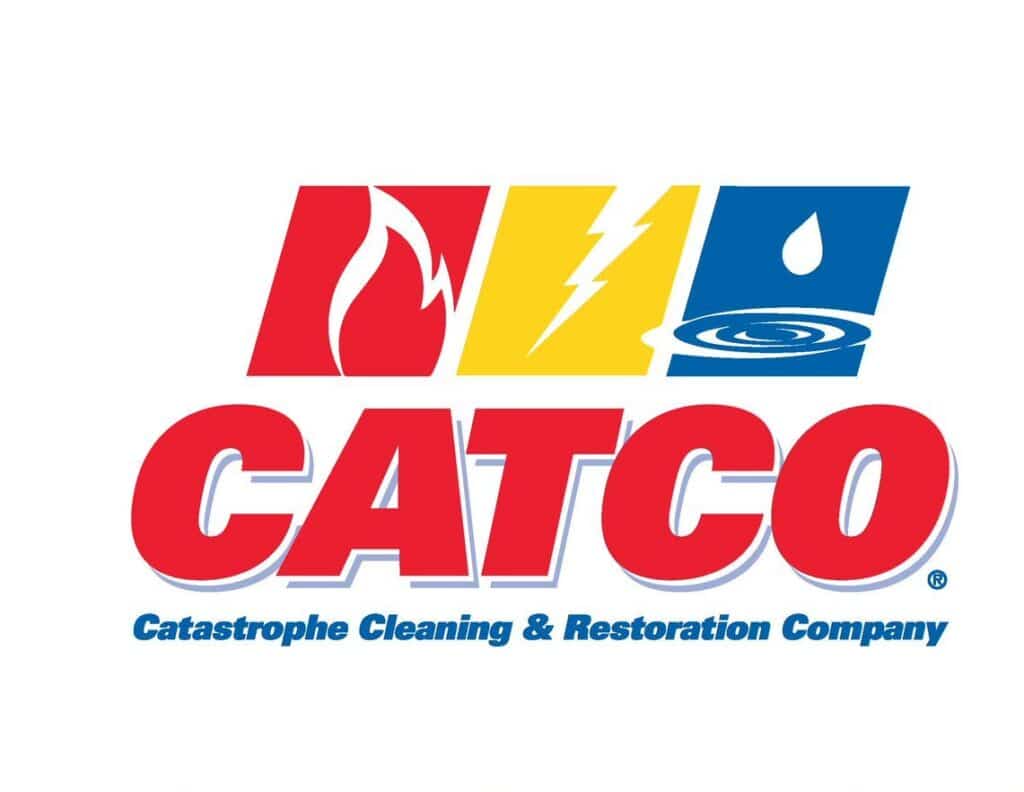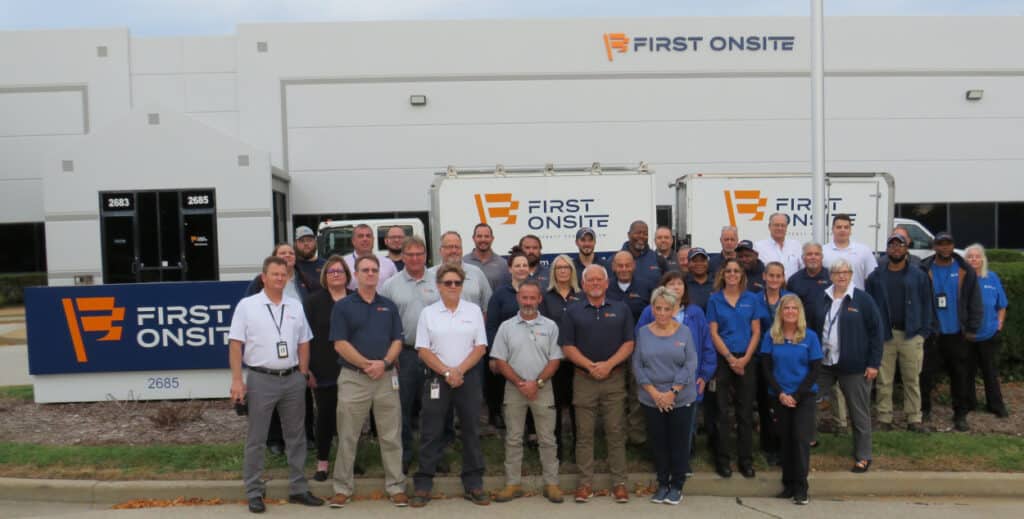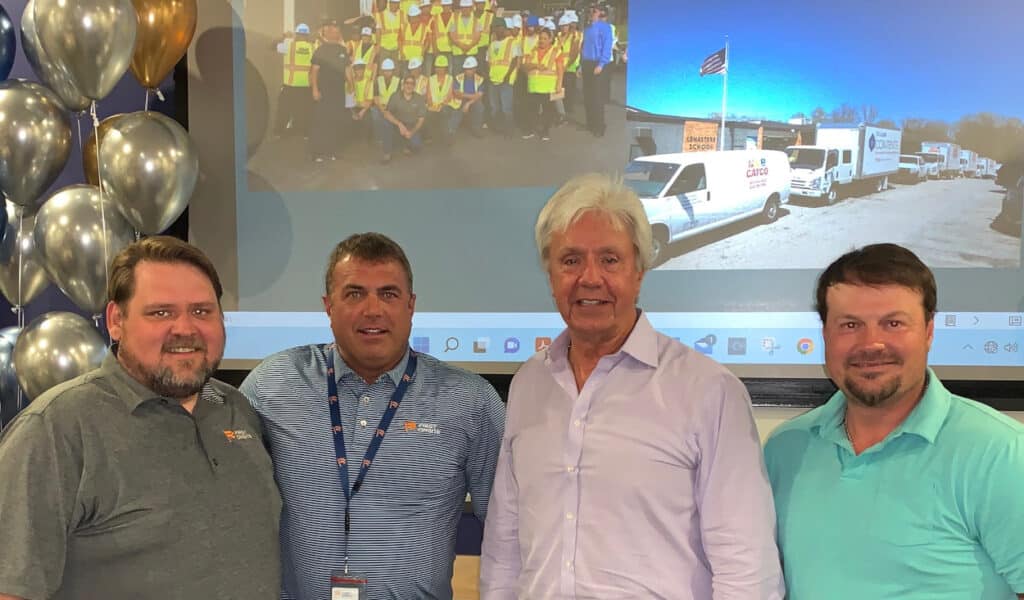catco
History
After starting in St. Louis, Missouri in 1981 as a catastrophe cleaning and restoration company, CATCO quickly became a regional all-star, mastering restoration services related to water, smoke, and fire. With a certified team of professionals, CATCO tackled everything from smaller jobs like, duct cleaning or refurbishment of personal property, like musical instruments and electronic equipment to large scale restoration projects involving infrastructures like roads, building foundations, and bridges. CATCO’s goal was always to put its clients lives back together in the wake of disaster.
Whether you were located in Maryland Heights, West St. Louis County, metro St. Louis area, the Kansas City metro area, Blue Springs, Crown Center, Northland, River Market, Brookside, Westport, Waldo, Bonner Springs or beyond, clients confidently relied on CATCO for fast emergency response services 24 hours a day, 365 days per year.
Joining Forces
Today, CATCO brings its all-star spirit and dedication to FIRST ONSITE. Together, we rise as the only partner you’ll ever need before, during, and post-disaster, with over 2,000 team members across North America and more than 70 years of combined experience.
Michael Hammack retired after more than 30 years in restoration in June, 2022. Here are our legacy and future leaders together at the celebration. From left to right: John Clark, upper Midwest regional director of operations, Chris Asleson, general manager of St. Louis branch, Michael Hammack, and Cliff Austin, general manager of Kansas City branch.


